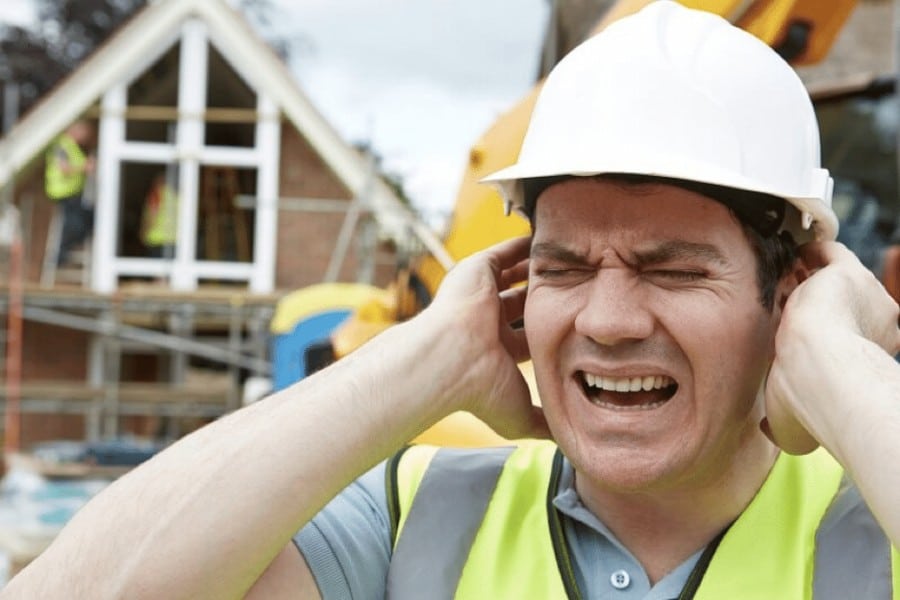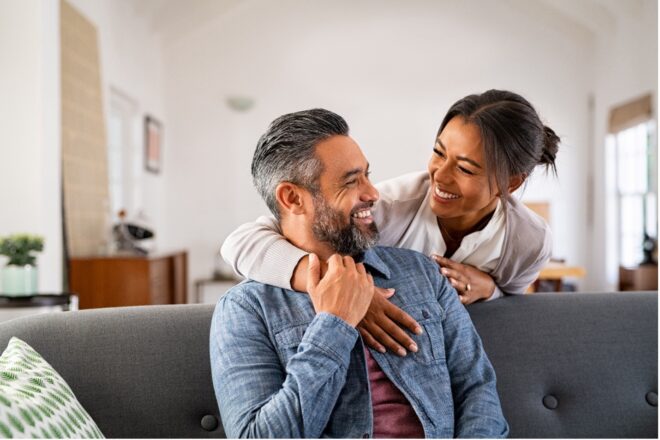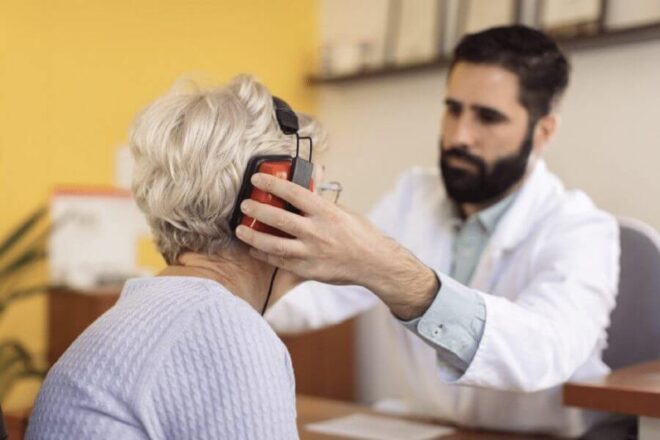How Much Noise Can Damage Your Ears?
Did you know the sounds we love might not always love us back? It’s an odd thought, isn’t it? That the music blasting through our headphones, the roar of a concert crowd, or even the lawnmower in our backyard could be stealthy culprits behind hearing loss. Decoding the mystery of how many decibels can damage your ears can feel like cracking a secret code. But fear not; it’s less about secret codes and more about informed choices. This article dives into the heart of sound, examining how loud is too loud and the fine line between our favorite tunes and potential hearing damage. It’s time to tune into the reality of decibels and protect our ears with the same vigor we protect our favorite melodies.
How Many Decibels Can Damage Your Ears
Decibels (dB) serve as the standard unit of measurement for sound intensity. To put it simply, the decibel scale measures how loud something is. Normal conversation often hovers around 60 dB, while a whisper is around 30 dB. It’s crucial to understand that sounds above 85 dB can start to harm your hearing if you’re exposed for prolonged periods. For instance, sports events can reach 110 dB, and a rock concert can soar to 120 dB or more. Recognizing these levels is the first step in safeguarding our ears from potential long-term damage.
Below is a list of common sound environments and their average decibel ratings:
- Normal Conversation – 60-70 dB
- Busy Street – 70-85 dB
- Lawnmower – 85-90 dB
- Rock Concert – 120 dB
- Jet Engine (close range) – 140 dB
- Fireworks – 150-160 dB
Noise Exposure Duration Matters
Understanding the impact of duration is vital when it comes to noise-induced hearing damage. It’s not just about how loud the sound is but also how long you’re exposed to it. Noise at 85 dB, say from heavy city traffic, can begin to harm your hearing after eight hours of continuous exposure. As the volume increases, the safe exposure time decreases dramatically.
For sounds reaching 100 dB, like a chainsaw or a concert speaker, the limit drops to 15 minutes before the risk of damage increases. This highlights the importance of monitoring the volume of our environments and the length of time we spend in them.
The Facts About Noise-Induced Hearing Loss
Noise-induced hearing loss (NIHL) is a real and preventable condition affecting millions globally. Unlike other types of hearing loss, which might be due to genetics or aging, noise-induced damage is primarily from exposure to loud environments. The insidious part is that NIHL can accrue over time, meaning you might not notice the damage until it’s too late. NIHL presents initially as difficulty hearing high frequencies or understanding speech in noisy settings. The good news? Understanding the risks and practicing good hearing health can safeguard your ears against permanent damage, allowing you to enjoy the sounds of life for years to come.
Tinnitus and Loud Noise
Exposure to loud noise can also lead to tinnitus – a condition often described as ringing, buzzing, or humming in the ears when no external sound is present. Symptoms can range from a slight nuisance to a major disruption in daily life. Tinnitus might become apparent after exposure to a loud event and serve as an early warning sign of noise-induced hearing damage.
Practical Tips on Protecting Your Hearing
In an era where exposure to loud noises is often unavoidable, taking proactive steps to shield your ears is crucial. Use earplugs or noise-canceling headphones in high-decibel environments, such as concerts or industrial zones.
Adopt the 60-60 rule for safely listening to personal audio devices every day – keep the volume at or below 60% maximum for no more than 60 minutes a day. Regular hearing checkups at a hearing care center can also detect early signs of hearing loss, instilling a routine of prevention and care for your auditory health.
Next Level Hearing Care – Empowering Better Hearing Choices
Understanding the intricacies of noise levels and the potential for hearing damage, we’re equipped to make better, healthier decisions in our daily lives. Awareness and preventive measures go a long way in preserving our hearing health.
Remember, at Next Level Hearing Care, we’re dedicated to helping you and your loved ones maintain optimal ear health with comprehensive support, from virtual and in-person hearing assessments to free in-home hearing aid trials and unlimited device care. Protecting your hearing starts with the choices you make today. Make every sound count and keep your hearing health a priority.



